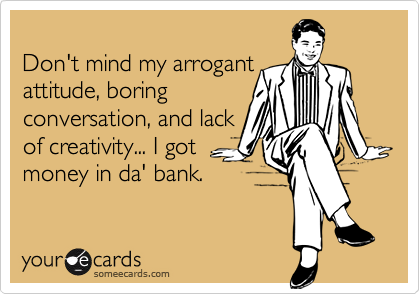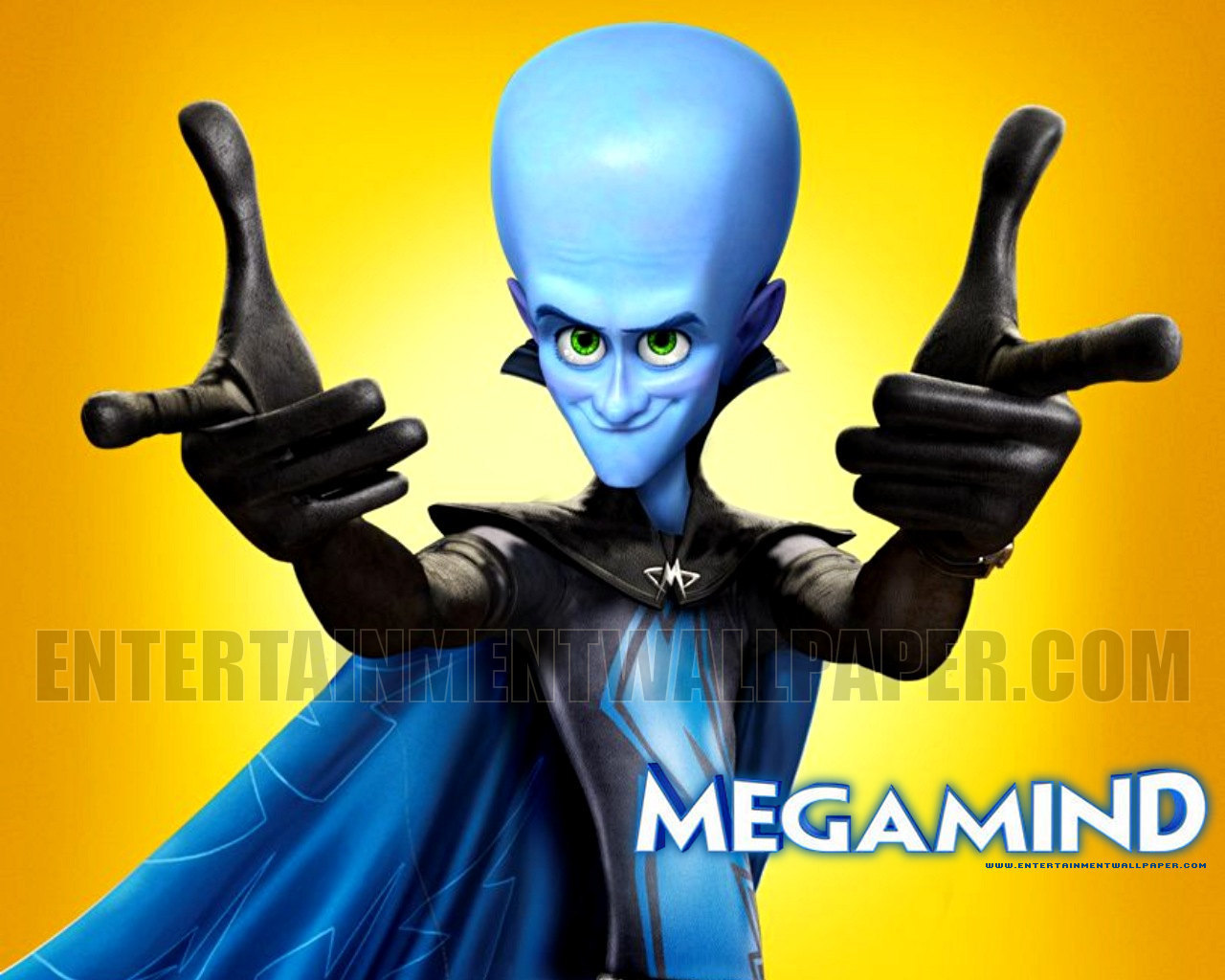
Courtesy of SweetSurrender13 on deviantART
Of course, some of you would argue that appetizers are really unnecessary and that you're paying for something that'll fill you up before you even get the main course. I can't argue with that because it's true. Just pretend, for the sake of the post, that we live in a world where appetizers are an absolute necessity before the main course.
Just as you can order different appetizers, there are different ways you can start a story. I've gone back through my work to take a look at how I've started different stories, and realized that I've used a variety of techniques. So I took it into mind to go through and categorize them, starting with. . .
1. Questions
"Do your parents drag you off to England periodically?"
The answer is obviously no, unless your parents do in fact periodically drag you off to England (if so, let me know in the comments below). Beginning a story with a question is a pretty safe way to start a story, because it automatically engages the reader with the narrator. Your average reader will want to know why the question is relevant, and will have, at some level, automatically answered the question even as they read it.
Beginning a story with a question also allows you to give some pretext for what the story's about. Obviously England is an important part of the story, or else the writer wouldn't be asking the reader about it. So as a general rule, if you're going to ask the reader a question, make it relevant to the story. There's no use in asking about something that's not in the story.
2. Doing Something
"He wandered the sidewalks, a remnant of an old world. Around him, a city rose in glittering splendor. . . . ."
. . . blah blah blah blah. It might just be me, but most stories begin with someone doing something. And that's perfectly fine; stories are, after all, about things that are being done. The problem with beginnings like these is getting the reader to care about what the character is doing. If the character or characters aren't doing anything to warrant attention, then. . . well, they're not going to get any attention.
Let me put it this way. You order a small salad for your appetizer. You get the salad. . . without dressing. If you're a vegan and a health nut, this is perfectly acceptable. However, the rest of us usually prefer our salads with some sort of flavoring. Why? Because salad, on its own, usually doesn't taste that good.

Ever tried eating plain salad? It doesn't taste good. It doesn't taste like much of anything but lettuce.
The salad, metaphorically, is your beginning. The dressing can be any number of things, but it gives the beginning its flavor. It could be suspense. Action. A secret. It might be clipped sentences, terse dialogue. Or it could be something more subtle, like the gradual epiphany of a character as he/she sips their tea in the local Starbucks. Whatever it is, the dressing makes the salad an engaging experience. Likewise, readers want an engaging experience when they start a story.
So next time you try to start a story with somebody doing something, make sure you give your reader something more than just a plain salad. There's merit in dressing up a beginning to make it stand out.
3. Dialogue

"There is one mirror in my house. It is behind a sliding panel in the hallway upstairs. Our faction allows me to stand in front of it on the second day of every third month, the day my mother cuts my hair. . ."
- Opening paragraph of Divergent, by Veronica Roth
Opening a story with description is all about catching the reader's attention. Something needs to stand out and basically be worth talking about. Whatever you're describing should in some way be relevant to the story, otherwise the reader's going to ask "Okay. . . so what was that all about?"
In other words. . . take something from your story, capitalize on it in an interesting way, and use that to move into the story. If we go back to the appetizer metaphor, then a bad descriptive beginning is like ordering a cube of tofu for your appetizer.

Bad descriptive beginnings are like straight tofu: they taste weird, and you can't imagine what would motivate someone to eat it.
And ordering a cube of tofu for an appetizer is, at best, questionable.
By contrast, a good descriptive beginning is like the cinnamon breadsticks from Pizza Hut with the white icing you can dip them in. It's delectable, it draws the reader in with little details that catch the attention, tastes satanically good, and most importantly, leaves you craving more.
In short, it's really not that hard. Most people enjoy warm cinnamon breadsticks with icing over tofu. Likewise, most readers enjoy a descriptive beginning that tickles their senses and engages them over a beginning that doesn't do those things.
5. Let Me Tell You About. . . Me.


3. Dialogue
“Really, I’ve got to know.” I began as I stared at Lyric across the table. “What kind of connections does a farmhand from Denmark have in order to get a private jet, on demand, headed for England?”
Dialogue can be a good way to open up a story. It takes your reader right into the story, right into the interactions between the characters. That being said, it can also be risky.
If you're just starting a new story and you begin with dialogue, you have to consider the fact that the reader knows nothing about the characters having the conversation. Basically, it's not the characters that are holding the reader's attention. It's the conversation. And if the conversation is boring, the characters (which the reader is just now meeting) will come across as boring. It's a crime of association: boring conversation = boring characters.

If you're a famous writer with a strong following of diehards, you can get away with pretty much anything, just so long as you please the diehards. (Stephanie Meyer, we're staring at you.)
The dialogue rule is different for sequels and prequels. The reader has already read the previous books and therefore knows the characters, is emotionally invested in them, and understands what the ongoing conversation means to the characters. In sequels, opening with dialogue can be a smooth segue into the story.
4. Description
- Opening paragraph of Divergent, by Veronica Roth
Opening a story with description is all about catching the reader's attention. Something needs to stand out and basically be worth talking about. Whatever you're describing should in some way be relevant to the story, otherwise the reader's going to ask "Okay. . . so what was that all about?"
In other words. . . take something from your story, capitalize on it in an interesting way, and use that to move into the story. If we go back to the appetizer metaphor, then a bad descriptive beginning is like ordering a cube of tofu for your appetizer.
Bad descriptive beginnings are like straight tofu: they taste weird, and you can't imagine what would motivate someone to eat it.
And ordering a cube of tofu for an appetizer is, at best, questionable.
By contrast, a good descriptive beginning is like the cinnamon breadsticks from Pizza Hut with the white icing you can dip them in. It's delectable, it draws the reader in with little details that catch the attention, tastes satanically good, and most importantly, leaves you craving more.
In short, it's really not that hard. Most people enjoy warm cinnamon breadsticks with icing over tofu. Likewise, most readers enjoy a descriptive beginning that tickles their senses and engages them over a beginning that doesn't do those things.
5. Let Me Tell You About. . . Me.
This opening technique will either have the reader hopelessly in love with your character. . . or moving onto the next book on the shelf. One great example of a successful "Let me tell you about me" opening can be found not in a book, but in a movie. If any of you have seen Megamind, then you know that the main character opens the movie with a killer summarization of his life to date. He tells it in such a way that the audience is emotionally invested in him (despite him being an evil genius).

And then there's the stories that begin with "Call me Ishmael. . ."

It's definitely a challenge. How long can you stay awake?
Don't get me wrong, Moby Dick's a classic. It's so much of a classic that countless people have copied the opening format and worn it into the ground. In a "Let me tell you about me" opening, you need your character to stand out, or you've lost the reader. That doesn't mean your character has to be quirky or plain off-the-rails crazy. It just means that they need to be different. . . which granted, is difficult in today's book industry.
So there's five ways to start a story. Each one has its perks and pitfalls, and I've tried to point those out so you can better write a beginning to what will undoubtedly be the next bestseller. Of course, there are other ways to start a story, and you're free to use those.
So good luck writing. Until the next post. . . I'll leave you with a bold statement on what we should do with most of our elected officials (most of them probably deserve this).

So there's five ways to start a story. Each one has its perks and pitfalls, and I've tried to point those out so you can better write a beginning to what will undoubtedly be the next bestseller. Of course, there are other ways to start a story, and you're free to use those.
So good luck writing. Until the next post. . . I'll leave you with a bold statement on what we should do with most of our elected officials (most of them probably deserve this).

If I started a story it would be, "I once knew a boy named Emil..."
ReplyDelete"That doesn't mean your character has to be quirky or plain off-the-rails crazy. It just means that they need to be different. . . which granted, is difficult in today's book industry."
ReplyDeleteAbout that line of quote. One way to do this, I’ve found, is to give your character an obsessive compulsive behavior. Those work really well to make a character different and have the reader think them interesting. It could be anything, from the character having to number their underpants and wear a certain one for each day of the week, or from the character feeling the need to correct the most minuet details in conversations with others which gets them in trouble with even their friends. Cool way to build character. Could use the second if you’re needing the main character to feel like a loaner and often ostracized.
I agree with that, because the fact is, people are people. They have these little things (sometimes big things) that set them apart. Quirks are definitely a way to set your character apart, so long as they aren't overwhelming.
ReplyDelete